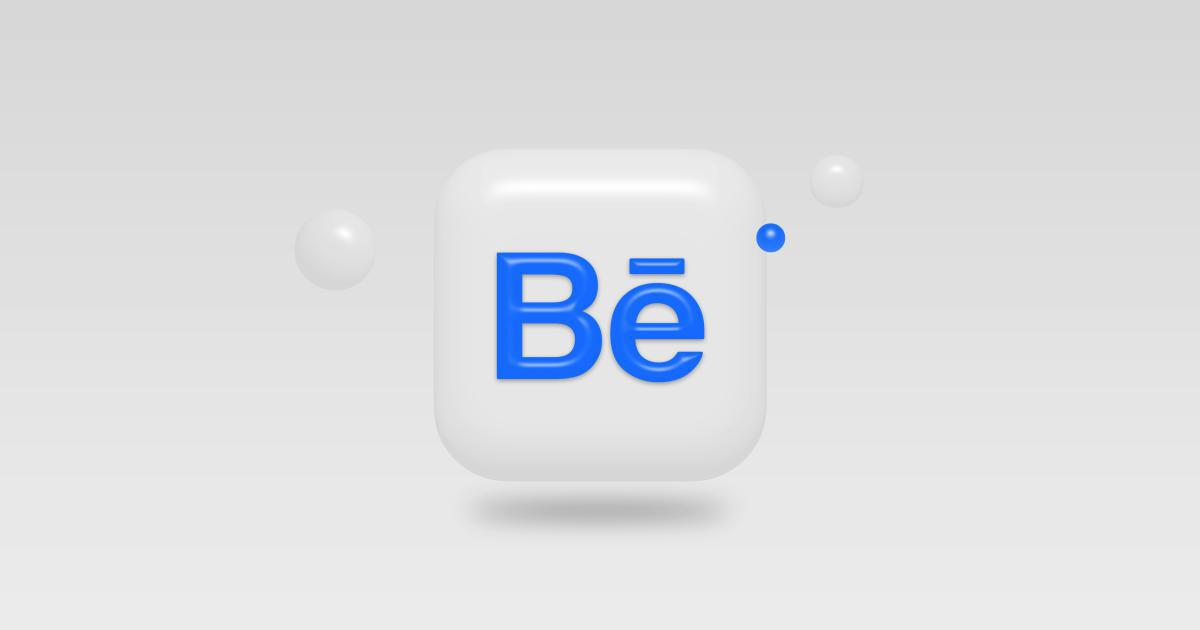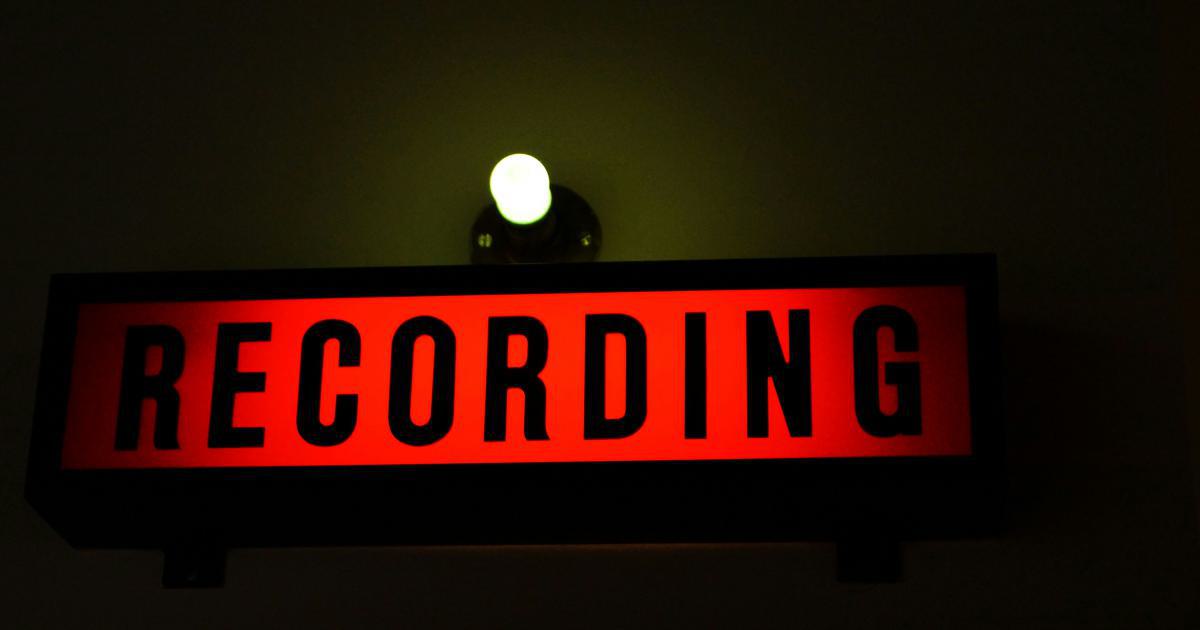Conquering Crawl Budget Challenges for Large Websites


Understanding Crawl Budget
Crawl budget is a critical concept for large websites, as it determines how much time and resources search engines like Google will allocate to crawling and indexing a website's content. The crawl budget is influenced by various factors, including the website's size, structure, content quality, and technical health.
When a search engine crawler (also known as a "bot" or "spider") visits a website, it has a limited amount of time and resources to spend on that visit. This is the crawl budget. The crawler must decide which pages to crawl, how frequently to crawl them, and how much time to devote to each page. This decision-making process is known as the crawl budget allocation.
The crawl budget is essential because it directly impacts how much of a website's content is discovered and indexed by search engines. If a website's crawl budget is exhausted too quickly, search engines may not have the opportunity to discover and index all the valuable content on the site, which can negatively impact the website's search engine visibility and organic traffic.

Factors Influencing Crawl Budget
Several factors can influence a website's crawl budget, including:
Website Size: Larger websites with more pages generally require a higher crawl budget than smaller websites. Search engines need to allocate more resources to crawl and index all the content on a large website.
Site Structure: The way a website is structured, including the number of internal links, the depth of the site hierarchy, and the presence of duplicate content, can impact the crawl budget. A well-organized, shallow site structure with minimal duplication is generally easier for search engines to crawl efficiently.
Content Quality and Uniqueness: Search engines tend to prioritize high-quality, unique content when allocating crawl budget. Pages with thin, duplicate, or low-value content may be de-prioritized or even ignored by crawlers.
Technical Health: Issues like broken links, server errors, slow page load times, and other technical problems can negatively impact a website's crawl budget, as search engines may spend more time trying to resolve these issues rather than focusing on crawling and indexing content.
Crawl Frequency: Search engines may adjust the frequency of crawling a website based on various factors, such as the rate of content updates, the website's overall importance and authority, and the efficiency of the crawling process.
Crawl Errors and Restrictions: Factors like robots.txt directives, X-Robots-Tag HTTP headers, and crawl errors (e.g., server errors, URL redirects, or blocked resources) can limit the amount of content a search engine is able to crawl and index.
Understanding these factors is crucial for large website owners and SEO professionals, as it allows them to identify and address potential crawl budget challenges to improve a website's search engine visibility and performance.
Diagnosing Crawl Budget Issues
Diagnosing crawl budget issues is the first step in addressing them. Here are some common signs that a website may be experiencing crawl budget challenges:
Slow or Uneven Indexation
If a website's content is not being indexed as quickly or as comprehensively as expected, it could be a sign of crawl budget issues. This can be observed by monitoring the website's Google Search Console "Coverage" report, which shows the status of indexed pages, or by tracking the website's search engine visibility and organic traffic over time.

Uneven Internal Linking
Another indicator of crawl budget issues is an uneven distribution of internal links across the website. Some pages may have a high number of incoming links, while others have very few or none. This can cause search engines to prioritize certain sections of the website over others when allocating crawl budget.

Crawl Errors and Restrictions
Crawl errors, such as 4xx or 5xx HTTP status codes, or crawl restrictions set in the robots.txt file or via the X-Robots-Tag HTTP header, can limit the amount of content that search engines are able to access and index, resulting in crawl budget challenges.

Fluctuations in Organic Traffic
Significant fluctuations in a website's organic traffic, especially if they coincide with changes in the website's structure, content, or technical setup, can be a sign of crawl budget issues. Sudden drops in traffic may indicate that search engines are not able to efficiently crawl and index the website's content.

Incomplete or Delayed Indexation
If a website's new or updated content is not being indexed in a timely manner, it could be a sign that the website's crawl budget is being exhausted before the search engine can fully crawl and index the content.

By monitoring these signals, website owners and SEO professionals can identify potential crawl budget issues and take the necessary steps to address them.
Optimizing Crawl Budget
Once you've identified potential crawl budget challenges, it's time to implement strategies to optimize the website's crawl budget. Here are some effective approaches:
Prioritize Important Pages
Not all pages on a website are equally important from a search engine optimization perspective. Identify the most important pages, such as product pages, high-traffic blog posts, or landing pages, and ensure that these pages are easily accessible and have a strong internal linking structure. This will help search engines efficiently discover and index the most valuable content on the website.

Improve Site Structure and Navigation
A well-organized site structure with a shallow hierarchy and clear navigation can help search engines efficiently crawl and index a website's content. Avoid deep, complex site structures, and ensure that important pages are no more than a few clicks away from the homepage.

Eliminate Duplicate and Low-Quality Content
Duplicate content, such as product variations, printer-friendly versions, or syndicated content, can significantly deplete a website's crawl budget. Identify and consolidate or canonicalize duplicate content to ensure that search engines focus on indexing unique, high-quality pages.

Optimize Crawl Efficiency
Take steps to improve the overall crawl efficiency of your website. This may include:
- Reducing page load times
- Fixing broken links and redirects
- Ensuring that robots.txt and X-Robots-Tag directives are properly configured
- Monitoring and addressing crawl errors reported in Google Search Console

Leverage Crawl Budget Management Tools
There are various tools and techniques that can help website owners and SEO professionals better manage their website's crawl budget, such as:
- Google Search Console: The "Coverage" and "Crawl Stats" reports in Google Search Console provide valuable insights into a website's crawl budget and indexation status.
- Robots Exclusion Protocol: Strategically using the robots.txt file and X-Robots-Tag HTTP headers to control what search engines can and cannot crawl.
- Sitemaps: Submitting a comprehensive XML sitemap to search engines can help ensure that important pages are discovered and crawled efficiently.
- Crawl Budget Reporting Tools: Third-party tools like Botify, DeepCrawl, or Screaming Frog can provide more detailed crawl budget analysis and recommendations.

By implementing these strategies, website owners and SEO professionals can optimize their website's crawl budget, ensuring that search engines can efficiently discover, crawl, and index the most valuable content on the site.
Case Studies and Examples
To better illustrate the impact of crawl budget optimization, let's examine a few real-world examples:
Example 1: Optimizing Crawl Budget for a Large E-commerce Website
A large e-commerce website with over 1 million product pages was experiencing slow indexation and a decline in organic traffic. An audit revealed that the website had a significant amount of duplicate content, such as product variations and printer-friendly versions, which were depleting the crawl budget.
The website owners took the following steps to optimize the crawl budget:
Identified and consolidated duplicate product pages, using canonical tags to indicate the preferred versions.
Reorganized the site structure to reduce the number of clicks required to reach key product pages.
Improved the internal linking structure to ensure that important product pages were easily accessible.
Optimized page load times and fixed any technical issues that could be impacting crawl efficiency.
After implementing these changes, the website saw a significant improvement in the speed and completeness of indexation, as well as a substantial increase in organic traffic.

Example 2: Improving Crawl Budget for a News Website
A popular news website with a large content library was struggling to keep its most recent articles indexed and visible in search results. The website's SEO team discovered that the crawl budget was being depleted by older, less relevant content, which was prioritized over the newer, more valuable articles.
To address this issue, the team:
Implemented a content prioritization strategy, ensuring that the newest and most relevant articles were easily accessible and well-linked within the site.
Pruned older, low-performing content that was no longer driving significant traffic or engagement.
Optimized the website's internal linking structure to better distribute PageRank and crawl budget to the most important pages.
Verified that the website's robots.txt file and X-Robots-Tag directives were properly configured to allow search engines to efficiently crawl and index the content.
As a result of these optimizations, the news website saw a significant improvement in the indexation and visibility of its latest articles, leading to a boost in organic traffic and engagement.

These examples demonstrate the tangible benefits of addressing crawl budget challenges for large websites. By understanding the factors that influence crawl budget and implementing strategic optimizations, website owners and SEO professionals can improve search engine visibility, drive more organic traffic, and ultimately achieve better business results.
Maintaining Crawl Budget Efficiency
Optimizing a website's crawl budget is an ongoing process, as website content, structure, and technical configurations are constantly evolving. To ensure that a website's crawl budget remains efficient, website owners and SEO professionals should implement the following best practices:
Continuous Monitoring and Auditing
Regularly monitor your website's crawl budget and indexation status using tools like Google Search Console, Botify, or DeepCrawl. This will help you identify any emerging issues or changes that may be impacting the website's crawl budget.

Proactive Content and Technical Optimization
Continuously optimize the website's content, structure, and technical configuration to maintain efficient crawl budget allocation. This may include:
- Identifying and addressing new instances of duplicate or low-quality content
- Updating the internal linking structure to reflect changes in content priorities
- Resolving any new crawl errors or technical issues that could impact crawl efficiency

Leveraging Sitemaps and Robots.txt
Maintain and regularly update your website's XML sitemaps and robots.txt file to ensure that search engines have the most accurate and up-to-date information about your website's content and crawl directives.

Collaborating with Search Engines
Engage with search engine representatives, such as through the Google Search Console community, to better understand their crawling and indexing processes. This can help you identify any website-specific crawl budget challenges and collaborate on solutions.

By adopting these best practices, website owners and SEO professionals can proactively manage their website's crawl budget, ensuring that search engines can efficiently discover, crawl, and index the most valuable content on the site, leading to improved search visibility and organic traffic.